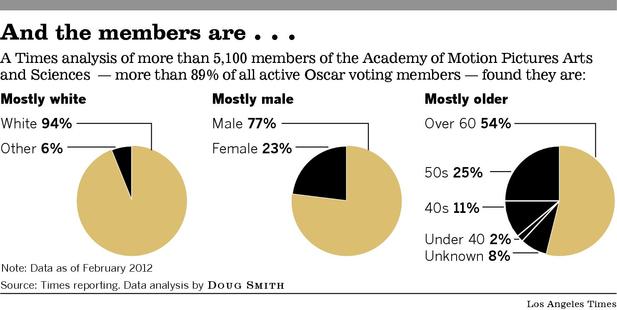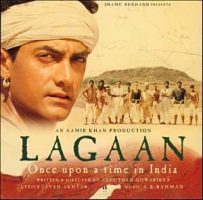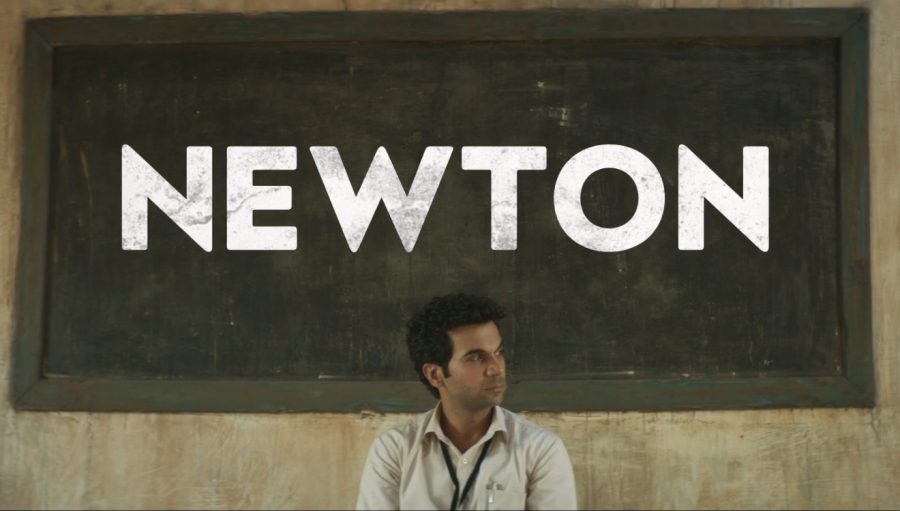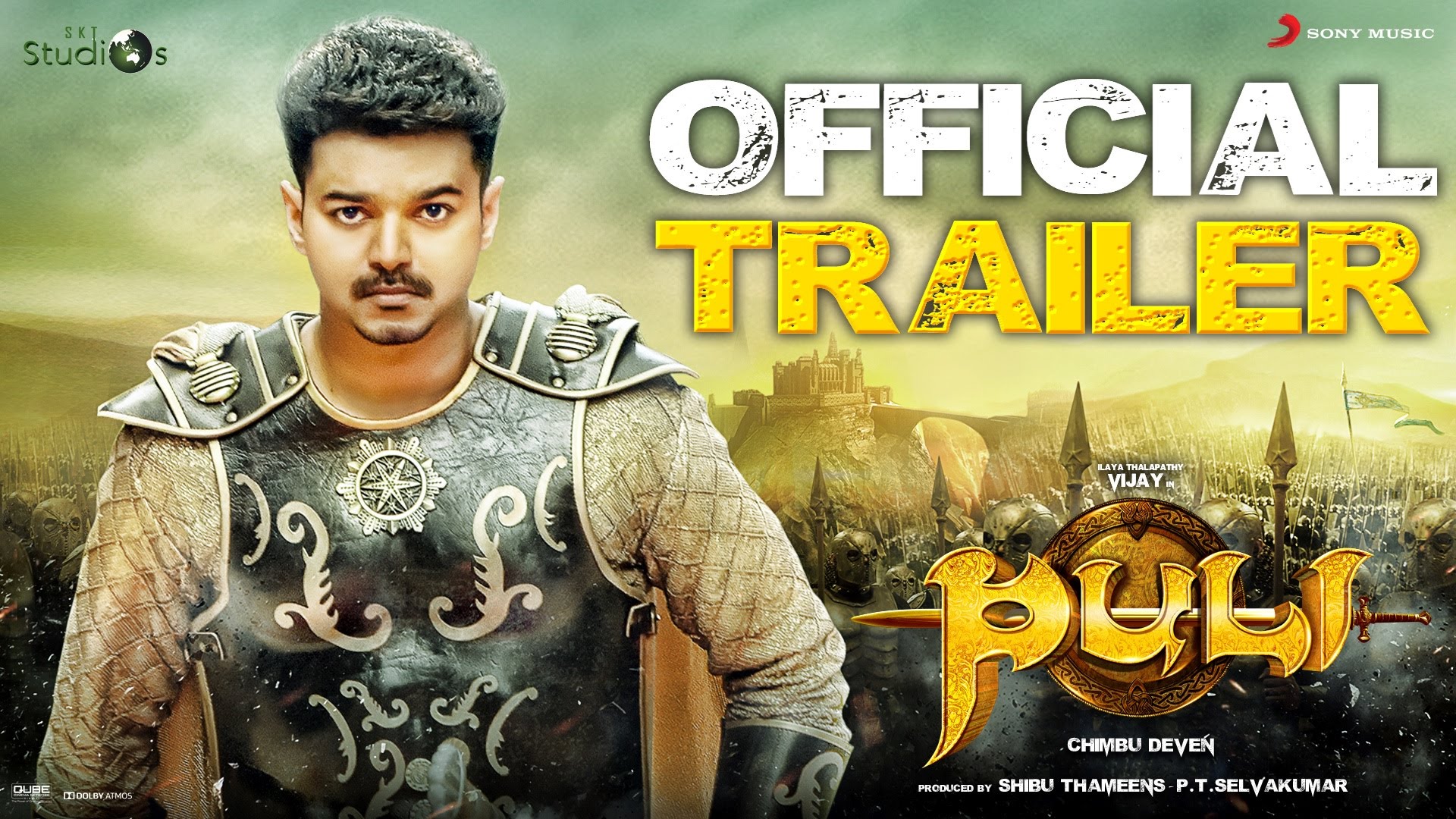From exorbitant publicity campaigns to shrewd promotional strategy involving film festival tours, it takes a lot to prep a film for the Oscars. We revisit an earlier piece by Silverscreen that delved into the various aspects that go into bagging an Oscar nomination and what happens after.
On September 22, 2017, the Film Federation of India selected a political satire, Newton, directed by Amit Masurkar, as India’s official entry to the Foreign Language Film category of the 90th Academy Awards. The film, starring Rajkummar Rao in the titular role, is about a young government clerk who is determined to conduct fair elections in the tumultuous forest region of Chhattisgarh where insurgency issues are rampant.
The film released at around 300 screens in India on September 22, the same Friday the Oscar selection was announced.
Newton premiered at the Berlin Film Festival in February this year, and there, it won the CICAE (International Confederation of Art Cinemas) award for best film in the Forum segment. It also won the Jury Award for Young Cinema at the Hong Kong International Film Festival in April, and was nominated for a Jury Award at the Tribeca Film Festival for Best International Narrative Feature.
*
Bringing home the Oscar is not, by any means, an easy task. It is not just the film’s quality that decides its fate, but the way the country and the film’s makers market the film at the Oscars and the film festivals that precede it – a mission that involves a large amount of hard work and money.
For instance, Denmark, a country which makes less than 20 films a year, has made it to the final five 11 times, and won thrice. According to Steffen Andersen-Møller, the head of department for audiences and promotion at the Danish Film Institute, it’s about how hard you push the film to a global audience. “It’s all part of a long-term international business model. We have been very active at international film festivals like Toronto, Cannes and Berlin, and we use the festivals as effectively as we can to get our films noticed,” he recently explained in an interview.
In 2016, India sent Court, a satire on Indian judiciary, directed by Chaitanya Tamhane, to the Oscars. It had won the Best Film Award at the 62nd National Film Awards of India, and had been to over 13 international film festivals across the world where it won several awards including the Best Film Award in Horizon category at the prestigious Venice International Film Festival. However, Court lost the battle in the initial selection round itself. That year, Hungary’s dark and gritty Holocaust drama, Son Of Saul picked up the Oscar in the Foreign Language Films category.
In 2017, Visaranai, a dark, visceral Tamil film directed by Vetrimaaran was sent to the Oscars as India’s nomination. It didn’t stand a chance among the long list of high-profile films such as Desierto, a violent thriller on immigration and the border crisis, co-produced by Alphonso Cuaron, and The Sales Man, an intelligent Iranian drama on crime and vengeance helmed by the celebrated director Asghar Farhadi. The latter, which was a favourite film at all the festivals it toured that year, won the Oscar.
The Oscars selection process
First, the Academy members of the Foreign-Language Film screening committee are divided into groups. Over two months, ending mid-December, they watch and rate films. The top six films, plus three films chosen by the 20-member executive committee, make it to the next round.
In early January, the nine semi-finalists are screened for the committee members, who then vote for the final five.
On January 24, the finalists are revealed, along with finalists in other categories.
The Academy members watch these five films and vote for the winner, which is announced on February 26, Oscar night.
Marketing madness
With a lengthy, three-stage scrutiny process to select the winner, the publicity campaign becomes all the more important. First, six of the nominated films are proposed by Academy members and another three by expert advisory panels, who may not be Academy members. Of the nine films, five nominees are short-listed by a Foreign Language Film executive committee. The final voting is done by a special committee of 750. A campaign has to be built around the film to draw maximum number of Academy members to the screenings.

Publicity campaigning at Oscars is exorbitant. According to a New York Times report, a decent campaign costs around $50,000. According to a seasonal agent, “The really good ones, from countries like Belgium or Germany, cost around $100,000. And the money is usually eaten by the ads (in papers like Variety and The Hollywood Reporter). A couple of half-pages and a couple of full-page ads, and it’s one third of the budget.” For filmmakers from smaller, third world countries, this campaign process is a hard nut to crack.
Perhaps unsurprisingly, given the importance of the campaign, most awards have gone to European films.
Since 1947, of the 67 awards handed out by the Academy to foreign language films, 55 went to European films, six to Asian films, three to African films, and three to films from the Americas. The leading Oscar-winning country is Italy, with 11 awards.

In 2009, stand-up comedian and actress Mo’nique controversially refused to campaign for the award, publicly questioning Oscar campaigning. Being a relatively unknown actress, several experts felt that it would be the end of her Oscar journey. But, surprisingly, Mo’nique went on to win the supporting actress award, a turn of events she gratefully acknowledged in her acceptance speech, “First, I would like to thank the Academy for showing that it can be about the performance and not the politics.”
India at the Oscars
“This is a terrible mistake, because I used up all of my English.”
– Roberto Benigni, after winning his second Oscar of the night for Life is Beautiful, 1999
A Scroll report, dated September 23, quotes Jyoti Deshpande, the group chief executive of Eros International, “We are looking for publicists operating out of Los Angeles who have specifically worked on foreign films. The plan is to engage public relations agencies in order to profile the film for the Oscars and arrange screenings with opinion leaders in the field. We are also planning to release the film internationally. This will be on the lines of a major, commercial release in the American and European markets.”
In the past, many celebrities, including actor Aamir Khan, whose Lagaan was India’s official Oscar entry in 2002, have pointed out the lack of networking and publicity campaigning as the main reasons for the poor performance of Indian films at Oscars.
Recommended
In 2015, the government initiated the building of a corpus fund to aid the publicity campaigns of Indian films submitted for the awards. According to the website of Directorate of Film festivals, a sum of Rs 50 lakh to Rs 1 crore could be availed from the central government by the makers of the film nominated to the Oscars for the publicity campaigns. However, Vetrimaaran told Scroll that even after a year, he was not reimbursed the money he spent on Visaranai‘s Oscar campaign. “I was following it up until April. I’ve also heard that there is a committee that decides whether a film should be reimbursed or not. Not every selection to the Oscars gets reimbursed,” he told Scroll.
Directors of the nominated films depend on publicists who handle the campaign, and publicists don’t come cheap. Publicists are people who make it their business to know the Academy members inside out. They know where to advertise the films and how to carry out the screenings. A Quartz report quotes filmmaker Geethu Mohandas, whose Liars’ Dice was India’s official Oscar entry in 2015:
“Each publicist will have at least five to six films that they represent all over the world. And it’s not like we choose them. They choose us.
They themselves do a certain amount of homework. They watch the film and then they decide if they want to be associated with this particular film.”

Lagaan_Soundtrack
Lagaan was made on a budget of Rs 25 crore, while Court had a shoe-string budget of Rs 3.5 crore. A small film like Court cannot possibly match the amount Aamir spent marketing Lagaan, thirteen years ago. To that end, the India government’s latest efforts to form a corpus to push the country’s small-budget films at Oscars is indeed, a laudable gesture.
Indians at the Oscars

India has never won an Oscar. But Indians have.
- Bhanu Athaiya was India’s first Oscar winner of the Best Costume Design award for Gandhi (1982), along with John Mollo. She’s worked with filmmakers like Guru Dutt, Yash Chopra, Raj Kapoor, and Ashutosh Gowarikar
- Satyajit Ray was given an Honorary Oscar for Lifetime Achievement in 1992. Ray was in hospital, dying, at the time. He gave his acceptance speech, crediting American films as a major influence, from the hospital bed, via live video feed. Audrey Hepburn presented the award.
- The British film Slumdog Millionaire (2008) won eight out of ten Academy Awards. Two of those went to AR Rahman for Best Original Score, and the Best Original Song (‘Jai Ho’).
- Kerala’s Resul Pookutty, sound designer, editor and mixer, also walked away with an Oscar that night – the Best Sound Mixing award.
- And the night wasn’t over for Indians. Iconic lyricist Gulzar joined Rahman for the Best Original Song award.
*****



